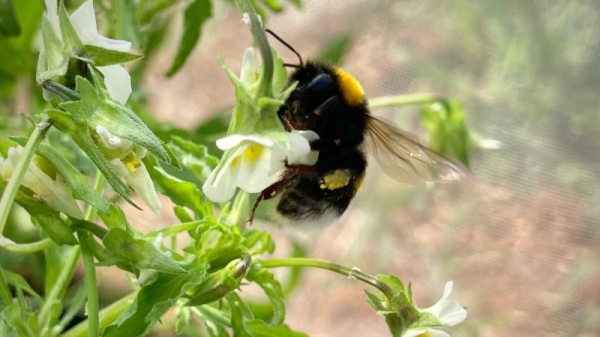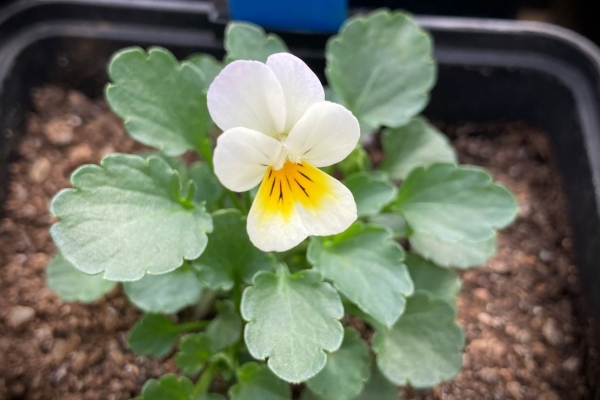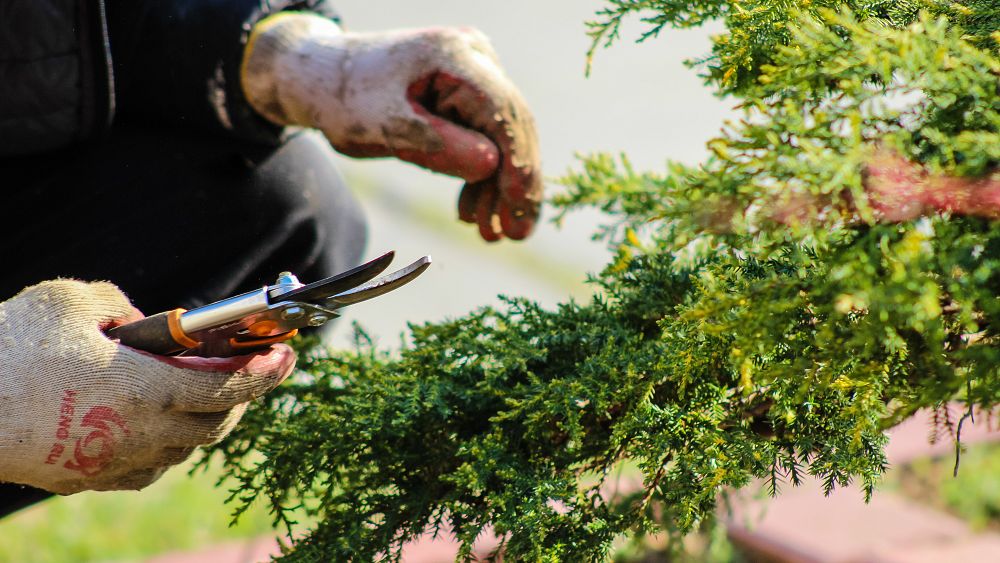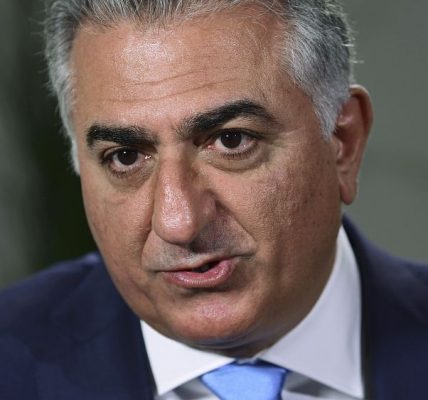Flowers are evolving in ways that could spell further trouble for the planet’s pollinators

Sign up for CNN’s Wonder Theory science newsletter. Explore the universe with news on fascinating discoveries, scientific advancements and more.
ces/clrpbhhoa006564qlhojpbo3r@published” data-editable=”text” data-component-name=”paragraph” data-article-gutter=”true”>
An ancient, interdependent relationship that contributes to food systems and ecosystem stability across the globe could be changing.
Many flowering plants can self-pollinate, or transfer pollen between their own blossoms for seed generation and propagation, but most of these plants have relied on pollinators such as butterflies and bees to reproduce.
Now — amid declines reported in many pollinator populations — a new study on the evolution of one flower species’ mating system has revealed a remarkable shift that could exacerbate the challenges faced by the plants’ insect partners.
The flowers’ reproductive evolution may be linked to environmental changes such as habitat destruction and rapid ongoing decreases in pollinator biodiversity, according to Samson Acoca-Pidolle, who led the study published December 19 in the journal New Phytologist.
Comparing seeds of wild field pansies collected decades ago in France with the plants’ modern descendants, Acoca-Pidolle and his colleagues discovered that today’s flowers are smaller and produce less nectar as a result of increased self-pollination, which has direct impacts on pollinator behavior. The pansies of the past self-fertilized less and attracted far more pollinators than those of the present, according to the study.
“It seems that it’s only traits that are involved in plant-pollinator interaction that are evolving,” said Acoca-Pidolle, a doctoral researcher at the University of Montpellier. The changes could constrain the plants’ ability to adapt to future environmental changes and have implications for “all of floral biodiversity” — potentially diminishing flowering plants’ genetic, species and ecosystem variation.
“This may increase the pollinator decline and cause a vicious feedback cycle,” study coauthor Pierre-Olivier Cheptou told CNN. If plants produce less nectar, there will be less food available to pollinators, which will in turn accelerate the rate at which the animals’ numbers dwindle, he explained.
“The major message is that we are currently seeing the evolutionary breakdown of plant pollinators in the wild,” said Cheptou, an evolutionary ecologist at the French National Centre for Scientific Research and professor at the University of Montpellier.
Resurrecting plants
Using a method called “resurrection ecology” to conduct the research, the study team germinated the seeds of four populations of wild field pansies, scientifically known as Viola arvensis, that were collected in the 1990s and early 2000s in the Paris region.
Some propagules, or parts of a plant that can be used to grow a new plant, can stay in a seed stage for a “very long time,” Acoca-Pidolle explained. They are living, but at a very low metabolic rate. “It’s like a long nap,” he said.
In 2021, the team sourced field pansies from the exact spot the ancestral seeds were collected 20 to 30 years earlier. The scientists then conducted a population genetic analysis that looked at self-pollinating rates and changes in heterozygosity, or genetic variability, as well as changes in floral traits that are associated with pollinator attraction.
In a sample of 4,000 flowers, rates of self-fertilization went from around 50% for the flowers collected two to three decades beforehand to roughly 80% for their naturally occurring descendants, the authors found. Meanwhile, the “resurrected” flowers’ surfaces were 10% bigger, produced 20% more nectar and were frequented by more bumblebees than their modern counterparts.

A field pansy grown from seeds collected in the 1990s.
Samson Acoca-Pidolle
‘An insurance policy’
An increase in a flowering plant species self-pollinating, or “selfing,” isn’t always a bad thing, said Gretchen LeBuhn, a professor of biology at San Francisco State University who has studied interactions between pollinators and plants.
“The way to think of (selfing) is it’s sort of like a holding-on strategy,” said LeBuhn, who was not involved with the study. Although increasing selfing does often lead to a decline in genetic variation in a population, among several other negative consequences, it also can maintain the population, she added. “Like an insurance policy.”
Declining genetic variation within a plant population matters because those with a reservoir of genetic variation can better respond to major environmental changes, effectively reducing extinction risk.
But when reading the new paper, part of her “actually thought an increase in selfing means that the population is going to be preserved,” LeBuhn said. “If plants can persist through time, and pollinator populations increase again, it would say that this is a mechanism for preservation of species.”
It’s unclear whether that evolutionary shift can be reversed, however — although the new research suggests there is an expectation for a depletion in a plant population’s genetic diversity at term, according to Acoca-Pidolle.
“Some scientists believe there may be a tipping point after which a plant cannot go back,” he noted, adding that the evolutionary transition is classically considered to be “irreversible.” Investigating whether these wild pansies have the ability to recover from the impacts of selfing is the next big question, Acoca-Pidolle said.
In the meantime, it’s important to acknowledge that the authors don’t really have the data on what was happening with pollinators 20 to 30 years ago, LeBuhn said. “The one thing that they can’t document is the magnitude of difference in pollinators in these sites in that time and now,” she said — which stems from gaps in historic widespread pollinator monitoring.
“(The study) is a really important demonstration of the tight linkages between plant and pollinator communities,” LeBuhn said. “I think the next step in the research is understanding what the implications are for pollinators.”
Humankind’s lasting footprint
Other recent studies have found that declining pollinator populations, an offshoot of harmful human activities, threaten the future of food crops and the survival of the many species that depend on them.
The growing body of research bolsters the case for urgent conservation measures — like developing and protecting flower-rich habitats that act as floral and nesting resources — to help stymie global pollinator declines, according to Acoca-Pidolle.
“Our impact is not only killing some individual plants … we are putting them on an evolutionary path that could be bad for them,” Acoca-Pidolle told CNN. “And even after we disappear, for a long time, we will have a footprint on this evolutionary trajectory of many species, of the biodiversity of the planet.”
Ayurella Horn-Muller has reported for Axios and Climate Central. Her book, “Devoured: The Extraordinary Story of Kudzu, the Vine That Ate the South,” is due out in the spring.





